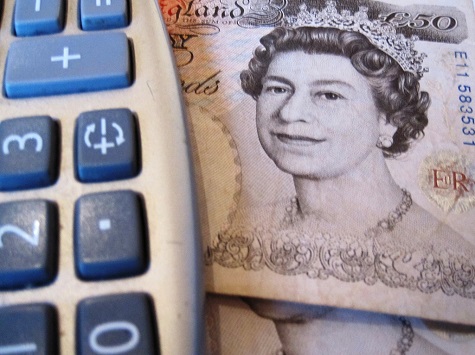
The US housing market is cooling, Eurozone banks are reducing lending and India’s new Prime Minister will learn the full scale of the challenge before him.
Tuesday 27th May, US CaseShiller Home Prices (forecast rise of 11.8 percent)
Although the US housing market has cooled somewhat since the commencement of tapering and the consequent rise in mortgage rates (as demonstrated below), 30 year mortgage rates did ease last week to 4.14 percent from 4.2 percent. Consumer spending has also been buoyant of late so it seems more likely we will see forecasts beaten rather than being missed on this occasion.
An interest rate hike would certainly put the dampers on things, however, although the Fed appears to have ruled this out until 2015. That said, they may increase the interest paid on banks deposits at the Federal Reserve which would reduce their incentive to make loans rather than take the risk free option of simply leaving cash to accrue interest in the vault of the Fed.

Wednesday 28th May, Eurozone M3 private loan growth (forecast to decline by 2.1 percent) and Spanish retail sales (forecast to decline by 0.3 percent annually):
With Eurozone banks curtailing their lending pending a ‘stress test’ of their balance sheets, it is no surprise to see loans being curtailed this year whilst inflation drags along the bottom. Worryingly, the European Central Bank’s stress test does not account for deflation and as such, it’s likely that measures will be taken in the ECB’s meeting on June 5th to boost the inflationary outlook.
Meanwhile, Spanish retail sales are also expected to point to another slump in activity there as the beleaguered Spanish economy continues to rebalance. There have been some signs of promise of late, however, with exports enjoying a sharp rise of late.

Thursday 29th May, US Q1 2014 GDP figures (forecast to indicate a contraction of 0.5 percent)
Most data in the first quarter of 2014 was somewhat disappointing following the onset of tapering and poor weather, so a contraction is looking like it is on the cards. With economists forecasting a 3.5 percent bounce back in the second quarter, however, it’s likely that this will only be a one off blip on this occasion. That said, it could act to support gold prices if the Federal Reserve is sufficiently concerned about the strength of the recovery to delay the complete wind down of Quantitative Easing and raise rates.
Friday 30th May, India GDP figure (previously 4.7 percent):
India’s new Prime Minister, Narendra Modi, will get a feel for the scale of the challenge before him from this week’s GDP figures for the world’s third largest economy (by Purchasing Power Parity). Suffice to say, there are plenty of challenges when it comes to India’s economy: 10 percent of all loans are bad loans and in need of restructuring, inflation is running at 8.6 percent and GDP growth has fallen from 8 percent to the sub-5 percent mark. A slip up in GDP growth would not be welcomed by the new government as it seeks to grapple with these issues.

COMMENTS
Please let us know if you're having issues with commenting.